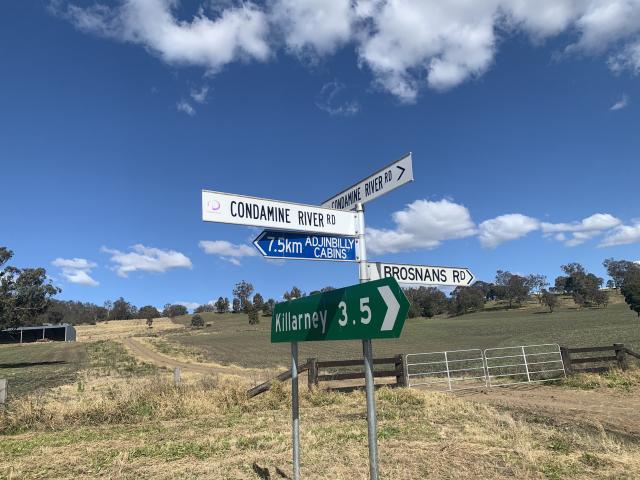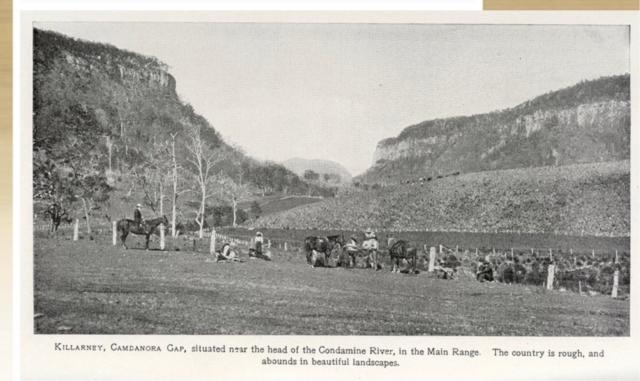By Emily-Rose Toohey
Condamine River Road has been closed since November last year and residents are concerned about the environmental impacts constant high-speed traffic has had on the 14 Cambanora Gorge river crossings, which the road runs along.
Resident Justine Hankin said 500 four-wheel drives a day used to drive through the crossings, which has damaged the environment as a result.
“It’s a biodiversity hot spot and the crown jewel of the Murray-Darling system and the council doesn’t seem to be acknowledging it,” Justine said.
“It’s all being lost because the road is valued as a four-wheel drive track.”
She said the main problem was cars speeding through the crossings having never experienced driving on something like it before.
“Going more than 5km through a natural crossing is speeding,” she said.
“There’s sediment that is stirred up by the vehicle, oil is released from the underside of the vehicle, and thousands of number plates have been lost in the river,” she said.
“That sediment is taken down the river and it fills up the water holes – platypus, fish, turtles, and frogs are killed.
“Humans and wildlife drink it, farmers water crops with it, and everyone benefits from the river and is impacted by what happens here – it’s not just a problem for us.”
Janine said other impacts include pollution.
“We have Clean Up Australia Days here and pick up everything we see – people throw objects out of their cars,” she said.
“The most frustrating thing is the people who live here have to comply with strict environmental codes and we’re watching the river be destroyed.”
“We’ve got to get better at educating people about what’s in their own backyard.”
She said that Southern Downs Regional Council (SDRC) should be charged with this education and that residents who move to Condamine River Road should be aware they might get cut off.
“We pay our rates and we have very little impact on the road and crossings because we respect them and need them to access our properties,” she said.
“The damage has been an ongoing problem.
“Children have to be able to be here and learn about nature and make it accessible to people, following the environmental regulations – there’s also a cultural value.”
Despite numerous meetings and consultations with SDRC, Justine said they are not recognising it for the natural wonder it was.
A council spokesperson said that they are working closely with engineering contractors, DAF (Department of Agriculture and Fisheries) and local stakeholders to plan repairs for when the ground is dry enough to allow for heavy machinery to get onto the road and access river crossings.
“The 2022-23 Budget has $1.9m committed to the repair of the public road after it was closed in accordance with the Operating Procedure,” the spokesperson said.








